8 Key Lesson Components for Teaching Word Recognition
July 30, 2024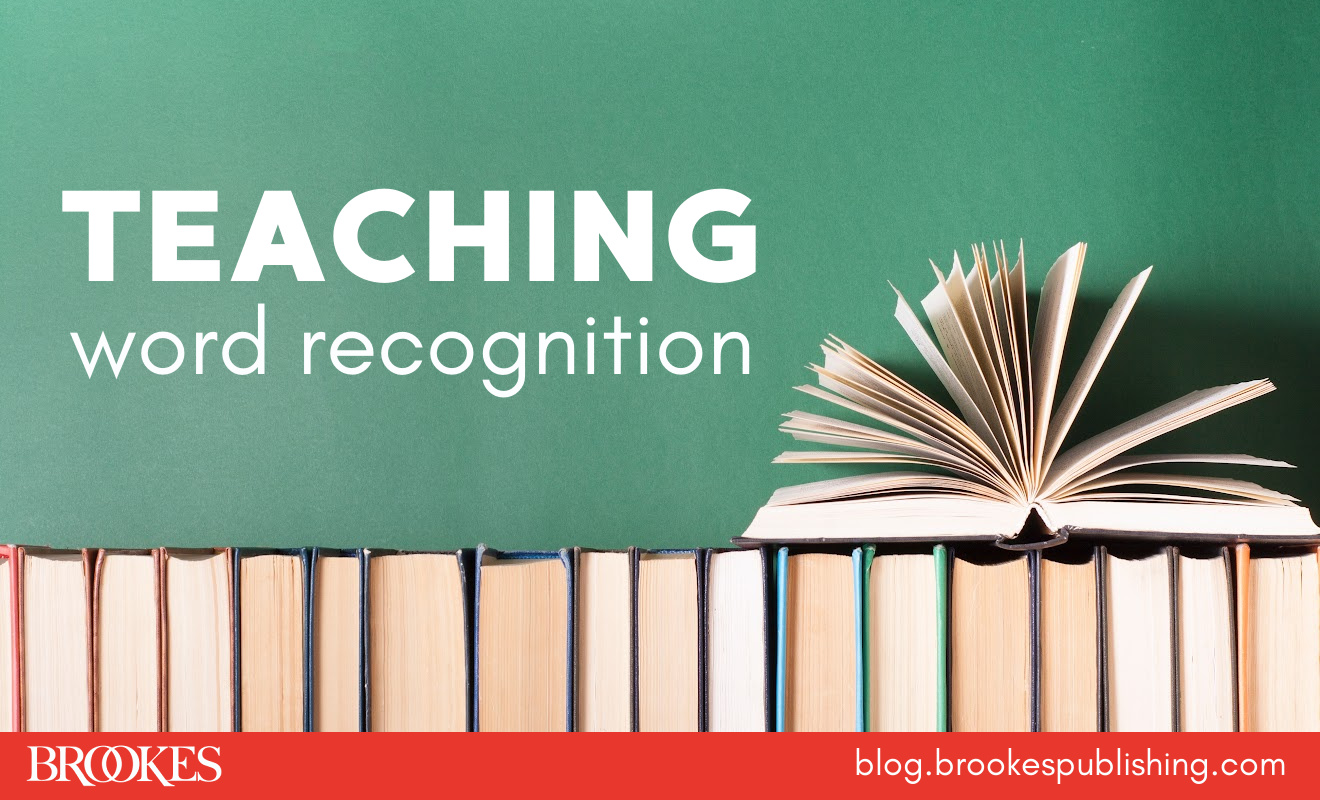
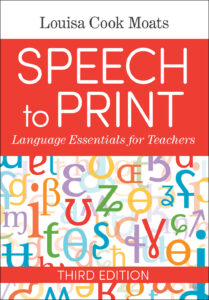 *Today’s post has been excerpted and adapted from the third edition of Speech to Print by Louisa Cook Moats, Ed.D.
*Today’s post has been excerpted and adapted from the third edition of Speech to Print by Louisa Cook Moats, Ed.D.
Foundational skills for word recognition must be the first concern for novice or struggling readers. It’s impossible to master fluent reading for meaning until and unless students read the words with sufficient accuracy and fluency. A rich curriculum for vocabulary and knowledge building can surround these core activities and does not have to be in competition with them.
Programs and methods for teaching students to recognize words accurately and fluently vary somewhat in their lesson structure, but usually include the 8 components summarized here. These components should be dispersed within a 30- to 45-minute time frame, depending on grade level and students’ skill levels.
COMPONENT: Goal of the lesson
Approximate time to spend on it: 1 minute or less
What to do: Make a brief and direct statement about what goal this lesson is intended to accomplish.
COMPONENT: Review of previously learned material
Approximate time to spend on it: 5 minutes
What to do:
- Reread a familiar text
- Reread words with known patterns
- Practice sound–symbol association with known correspondences
COMPONENT: Phoneme awareness
Approximate time to spend on it: 3–5 minutes
What to do:
- Refer to articulation while identifying phonemes
- Target early, basic, or advanced phoneme awareness
- Focus on listening and speaking, without print at first
- Use manipulatives such as chips, felts
COMPONENT: Introduce, explain new reading/spelling pattern
Approximate time to spend on it: 3–5 minutes
What to do:
- Define explicitly and give relevant information
- Draw students’ attention to both print and speech, while matching symbols and sounds
- Present or model several examples
- Clarify word meanings as necessary
COMPONENT: Give guided practice
Approximate time to spend on it: 5 minutes
What to do:
- Engage students in supported practice
- Use routines for sound blending, word building, word mapping, word reading, etc.
- Give immediate corrective feedback as students apply the new concept or skill
COMPONENT: Provide monitored, independent practice opportunities
Approximate time to spend on it: 5 minutes
What to do:
- Provide extended practice in word, phrase, sentence reading, using a variety of activities
- Pair students for practice activities; assign one as “coach” and then reverse roles
COMPONENT: Spell and write
Approximate time to spend on it: 5 minutes
What to do:
- Dictate letters, words, phrases, and sentences for students to write that use patterns already taught
- Practice sentence formulation with anagrams or with words to combine into a sentence
COMPONENT: Decodable text reading
Approximate time to spend on it: 5–10 minutes
What to do:
- Introduce 2–3 unknown or high-frequency words necessary for text reading
- Use texts with high percentage of words with correspondences already taught
- Expect accurate application of decoding skills
All of these lesson elements will sharpen students’ focus on the linguistic details that must be processed for fluent reading and spelling to occur. In addition, teachers and therapists should take into account a learner’s phase of development and what it indicates about next instructional goals.
For in-depth knowledge of the structure and function of language—fundamentals every teacher needs to deliver successful structured literacy instruction—get the book behind today’s blog post.

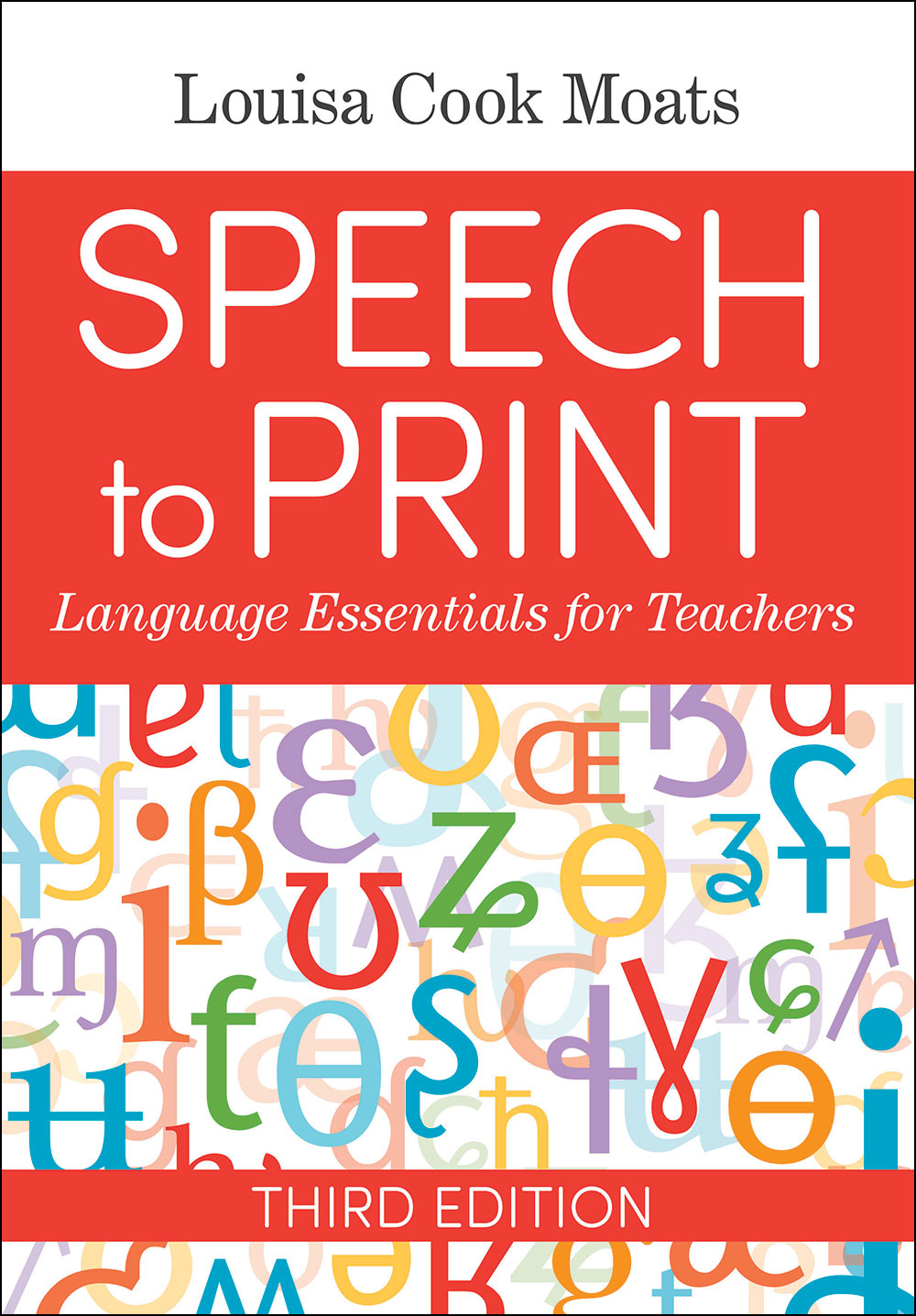
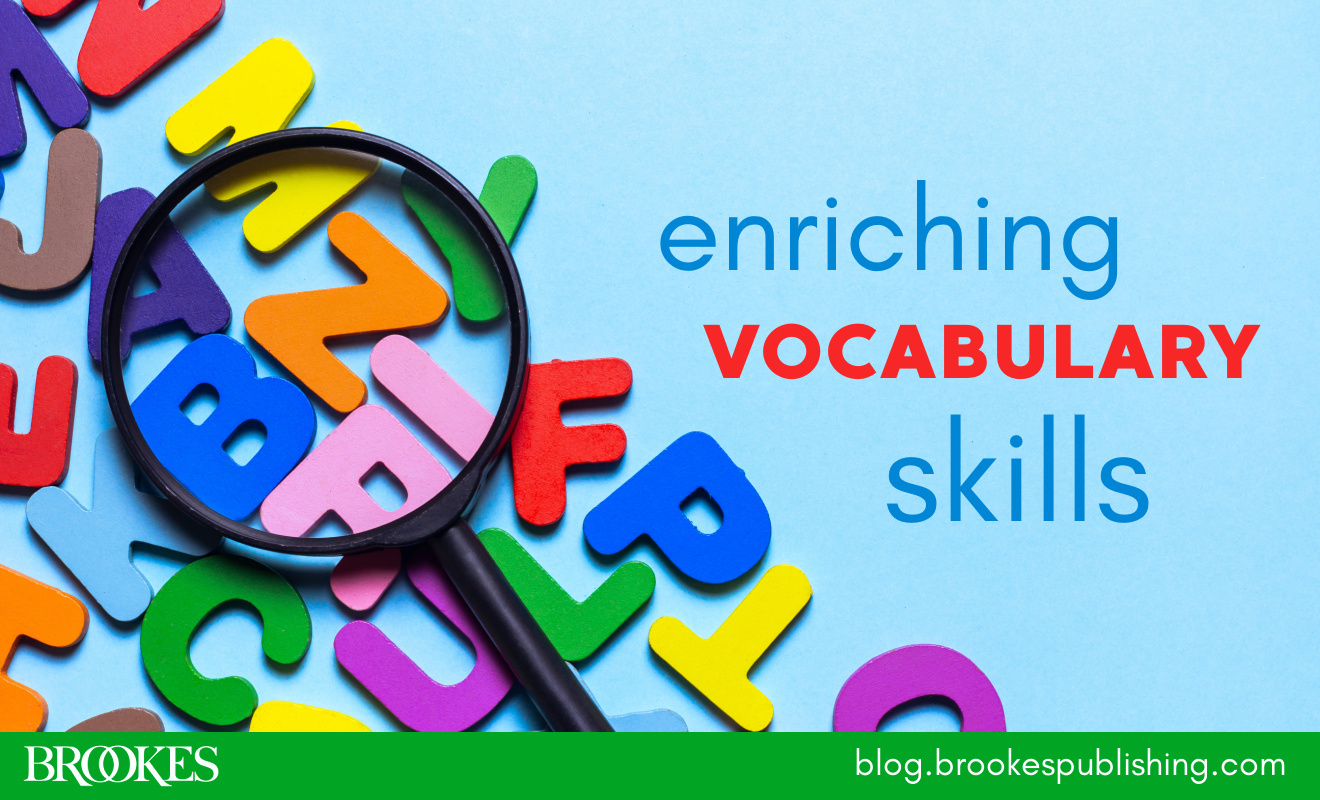
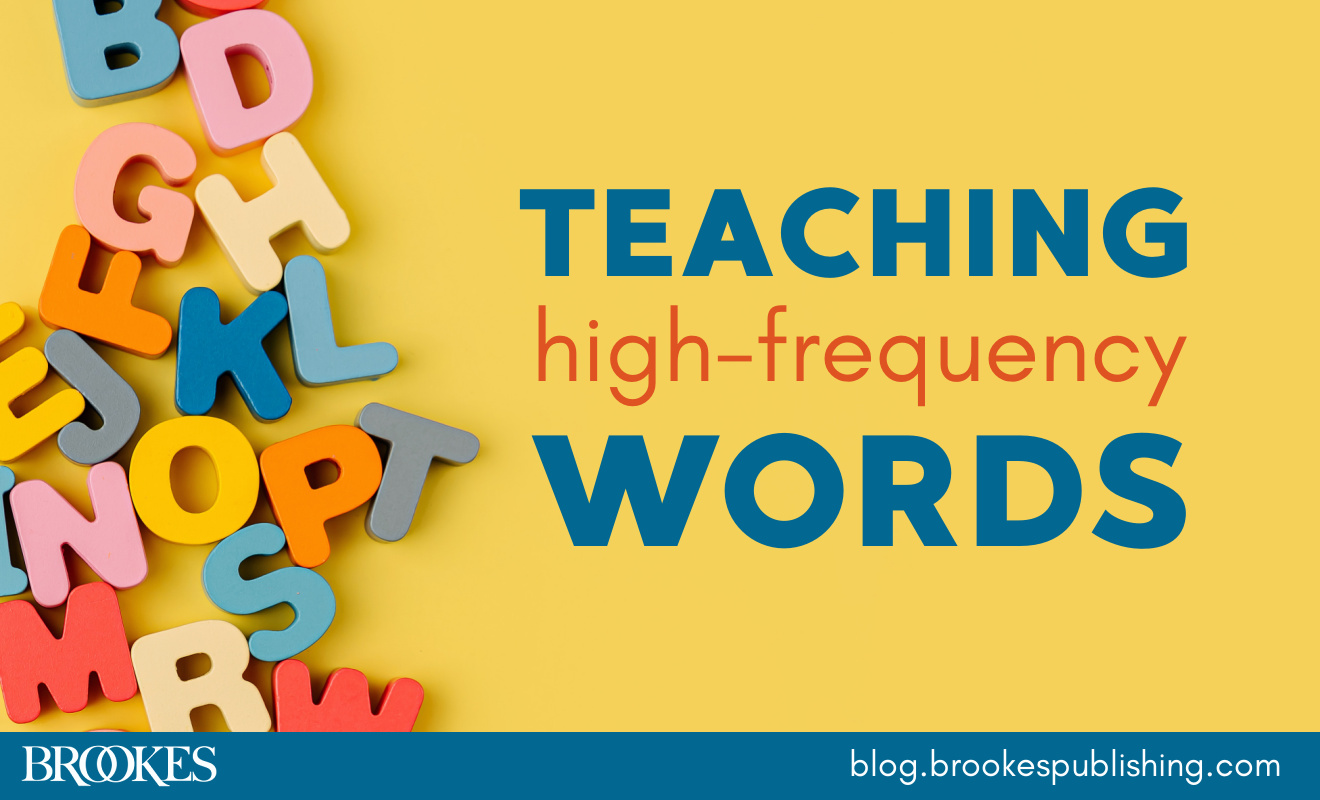

Write a Comment
Your email address will not be published. Required fields are marked *
Post a Comment